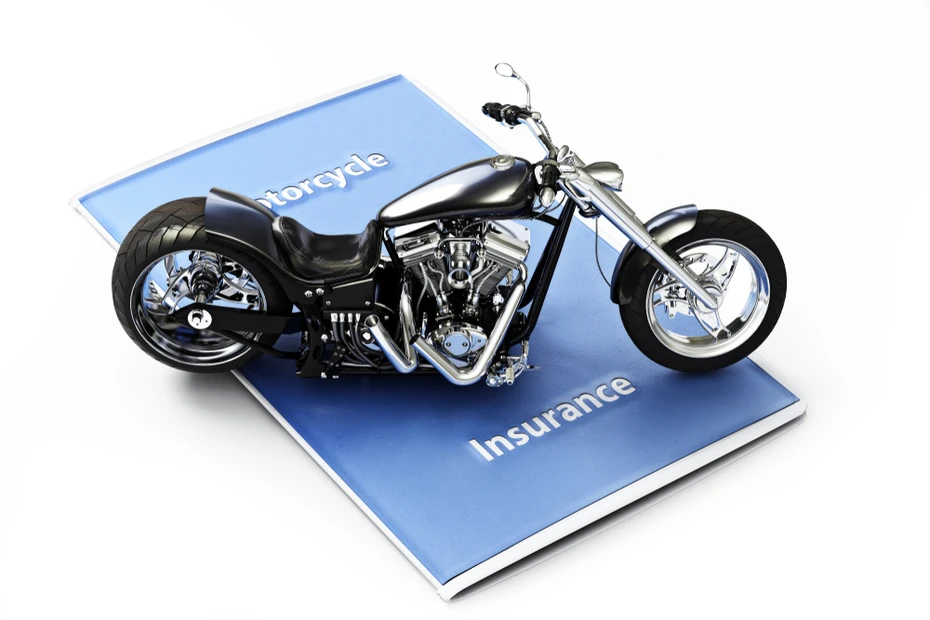What is traction control in a motorcycle, and why is it important for riders?
Traction control has long been reserved for highly exclusive sports motorcycles. However, with the advancement of motorcycle technology, many bike manufacturers have started to include this life-saving feature in their mid-range and premium models. The primary function of traction control is to prevent wheel slippage and loss of control, ensuring a safer ride for the rider.
Let’s understand why every rider (whether you're a starter or an expert) pays attention to this technology.

What is traction control in a motorcycle?
A Traction Control System (TCS) is an electronic control unit that provides traction control. It continuously monitors wheel speed, throttle position, and other parameters with sensors. If the TCS detects that the rear wheel is spinning too quickly (causing a loss of traction ), it adjusts power delivery to restore traction.
Traction control is a rider's assist device that prevents the rear wheel from spinning out of control due to overuse of the throttle or slippery conditions. Simply put, it helps maintain traction between the tires and the road surface, reducing the chance of losing control.
Importance of traction control for riders
Motorcycle riders face varied road conditions, unexpected obstacles, and diverse terrains, especially in India. This is where traction control becomes crucial.
Enhancing rider safety
The primary goal of traction control is to reduce the chances of skidding or sliding, which are major causes of accidents. By keeping the rear wheel in check, traction control prevents sudden power surges that could lead to loss of control.
For example, a sudden throttle twist might cause the rear wheel to slip if you ride on wet roads after rainfall. Traction control detects this instantly and reduces engine power to stabilize the bike, preventing a potential crash.
Improving riding performance
In addition to safety, traction control improves ride quality by ensuring the best possible power delivery. The advantages are multiplied for experienced riders, who can push the bike to its limits without worrying about wheel spin.
For instance, on a sports bike, traction control will allow you to do better acceleration and braking without losing grip (especially when doing aggressive riding)
How does traction control work in motorcycles?
Traction control relies on advanced electronics and sensors to continuously monitor and adjust the bike’s performance.
Sensors and data monitoring
-
The system uses wheel speed sensors to detect if the rear wheel is spinning faster than the front wheel.
-
Additional sensors monitor throttle input, lean angle, and engine RPM.
-
If the ECU (Electronic Control Unit) detects excessive rear-wheel slippage, it signals the system to take corrective action.
Power modulation
Once the system identifies a loss of traction, it reduces engine power in one of three ways:
-
Cutting fuel injection—The ECU briefly reduces the fuel supply to lower power output.
-
Adjusting throttle response—With ride-by-wire technology, the system limits throttle opening in motorcycles.
-
Retarding ignition timing—Delaying ignition reduces power delivery, allowing the wheel to regain grip.
The entire process happens within milliseconds, ensuring a seamless riding experience.
Also Check: Bike Insurance in India
Common myths and misconceptions
“Traction Control Limits Riding Skills”
Some riders believe that using traction control makes them dependent on electronics, reducing their riding skills. Traction control acts as a safety net, allowing riders to explore their bike’s capabilities without unnecessary risks.
“Traction Control is Only Necessary for High-Powered Motorcycles.”
While high-performance motorcycles greatly benefit from traction control, even smaller-displacement motorcycles can use it effectively—especially in challenging road conditions.
Traction control is no longer a luxury—it’s an essential safety feature that enhances rider confidence, stability, and performance. Whether you're navigating Indian city streets, highway cruising, or off-road exploring, traction control helps you ride safer and smarter.
If you’re considering buying a new bike, choosing one with traction control can be a wise decision. It ensures a safer and more enjoyable riding experience. Ride safe, and keep the rubber side down!














































